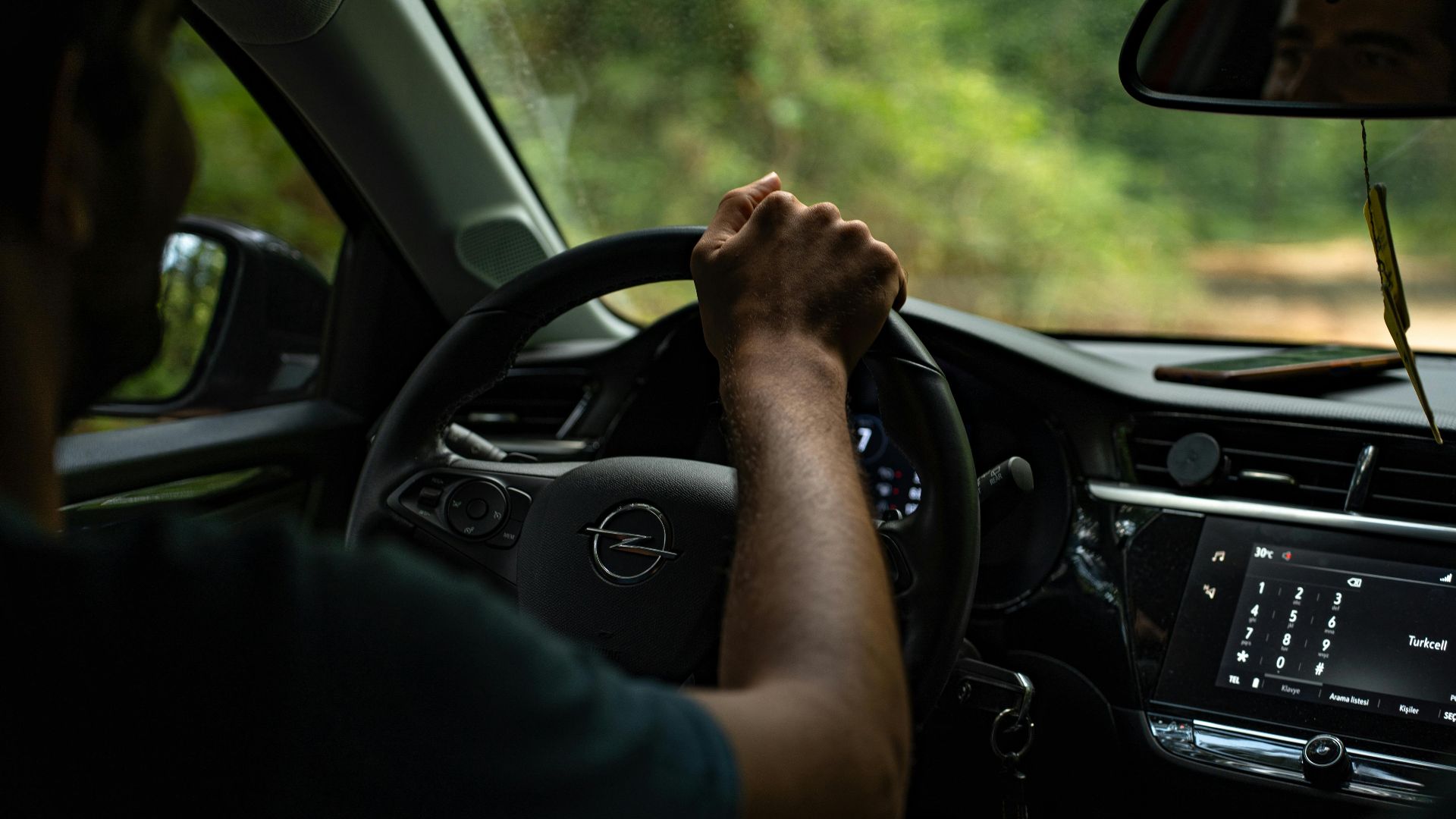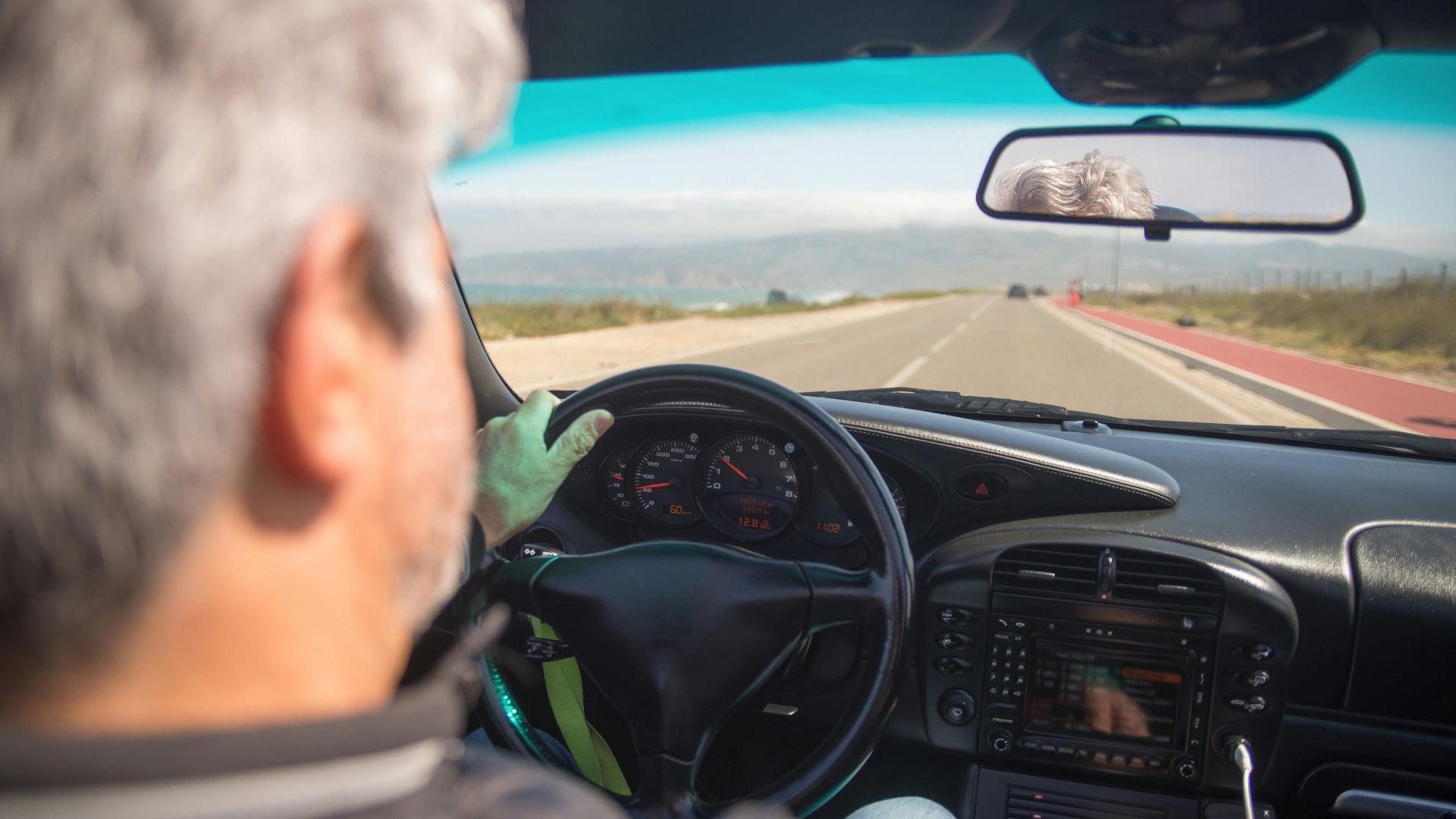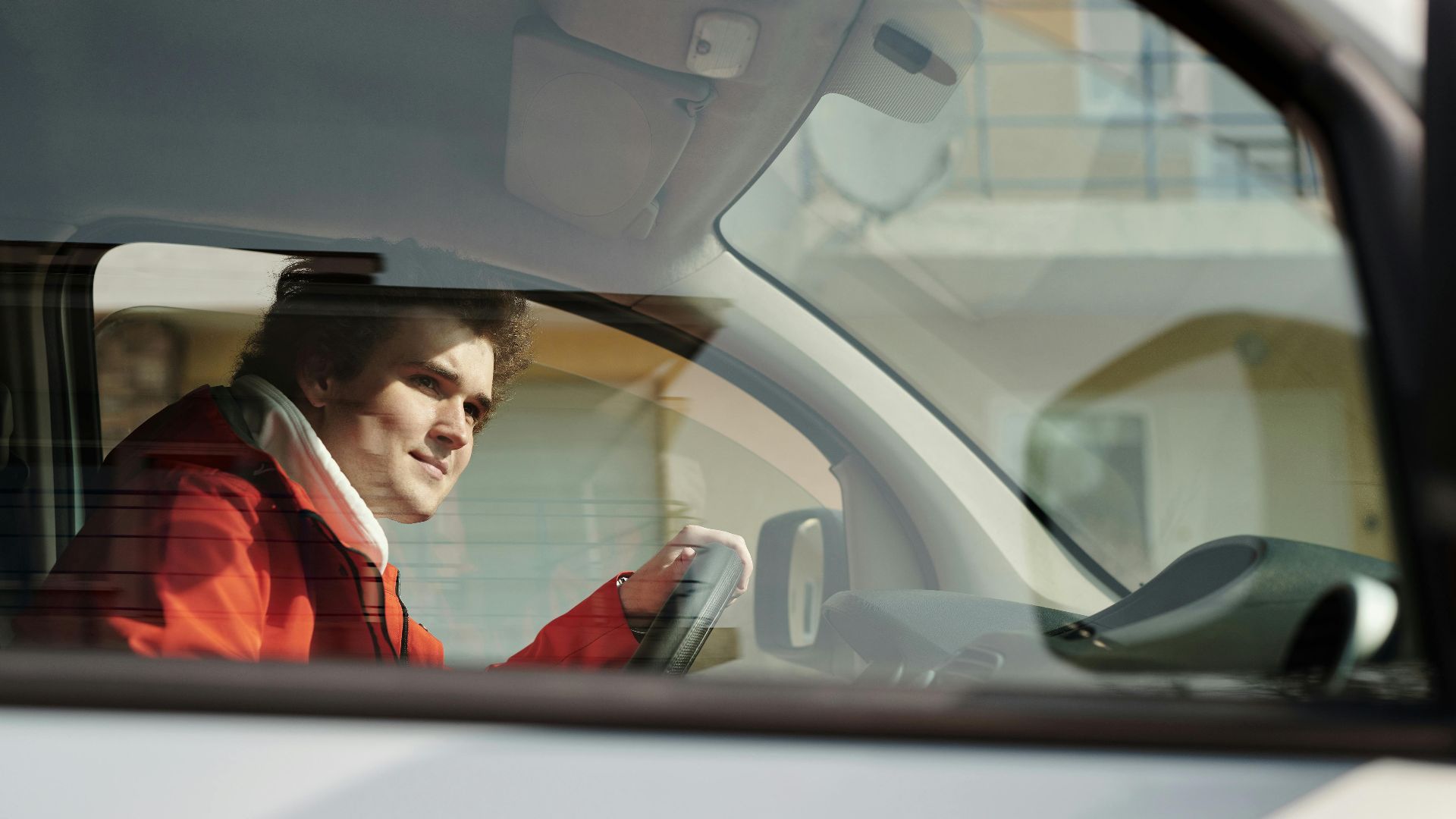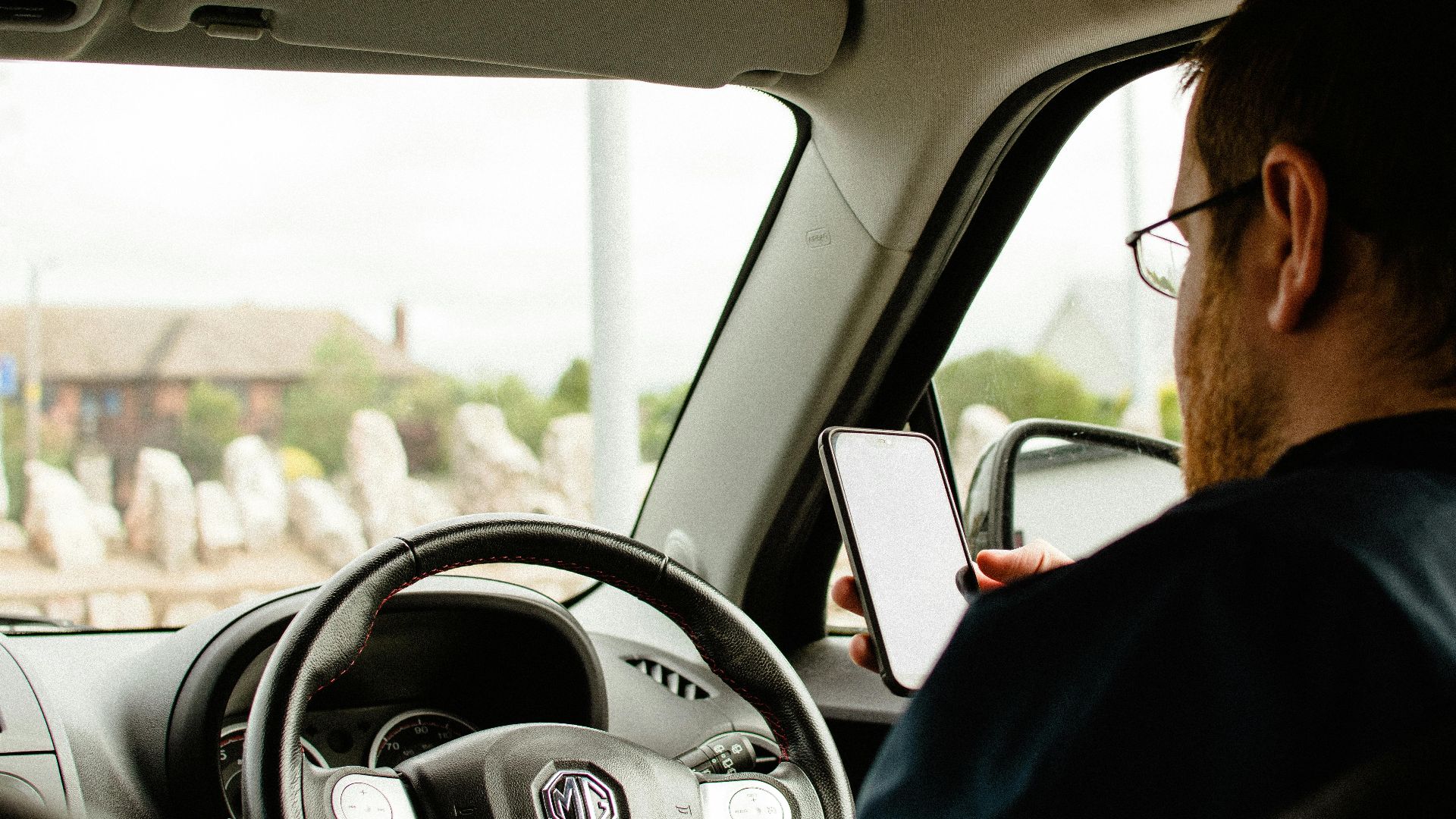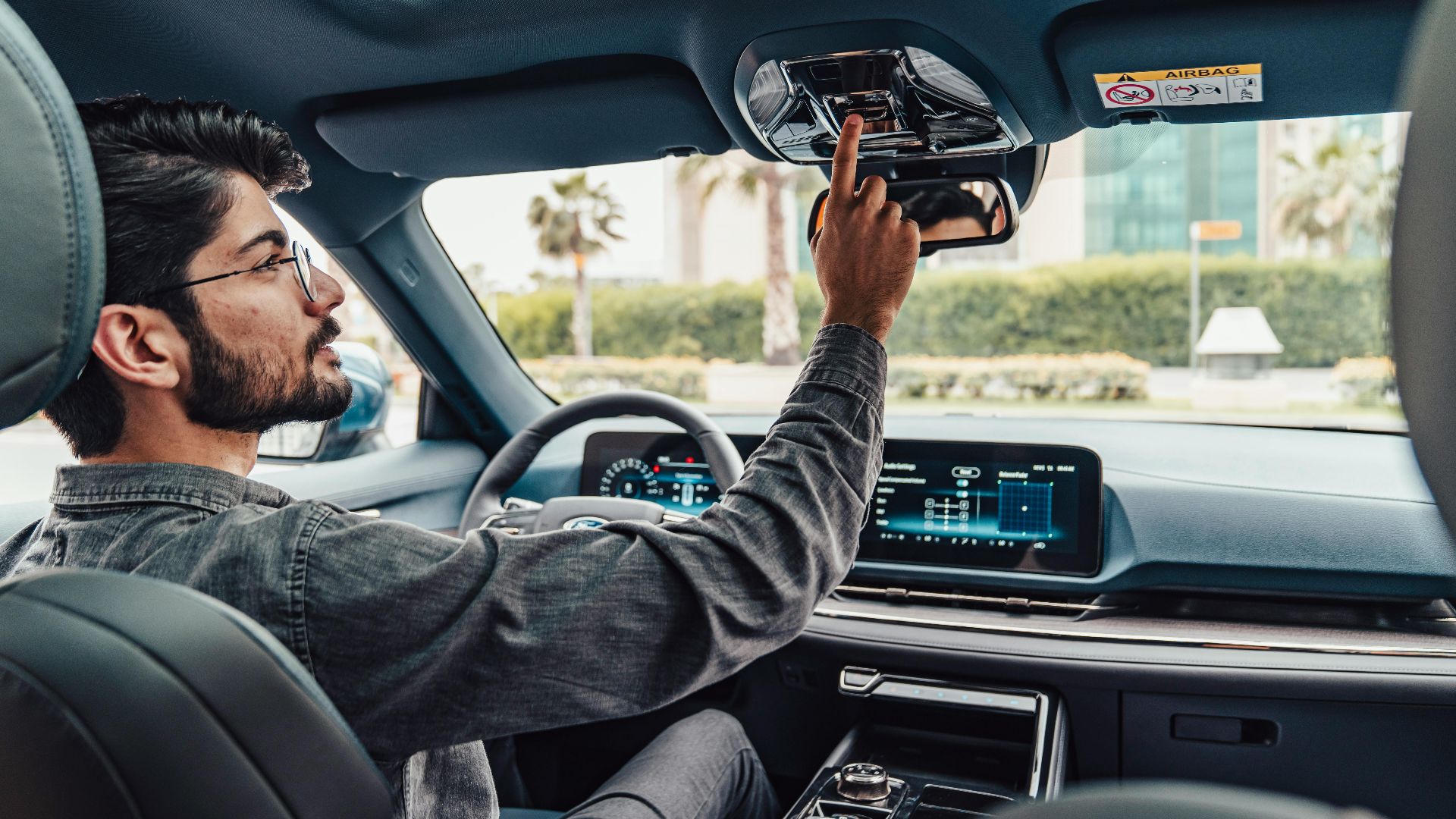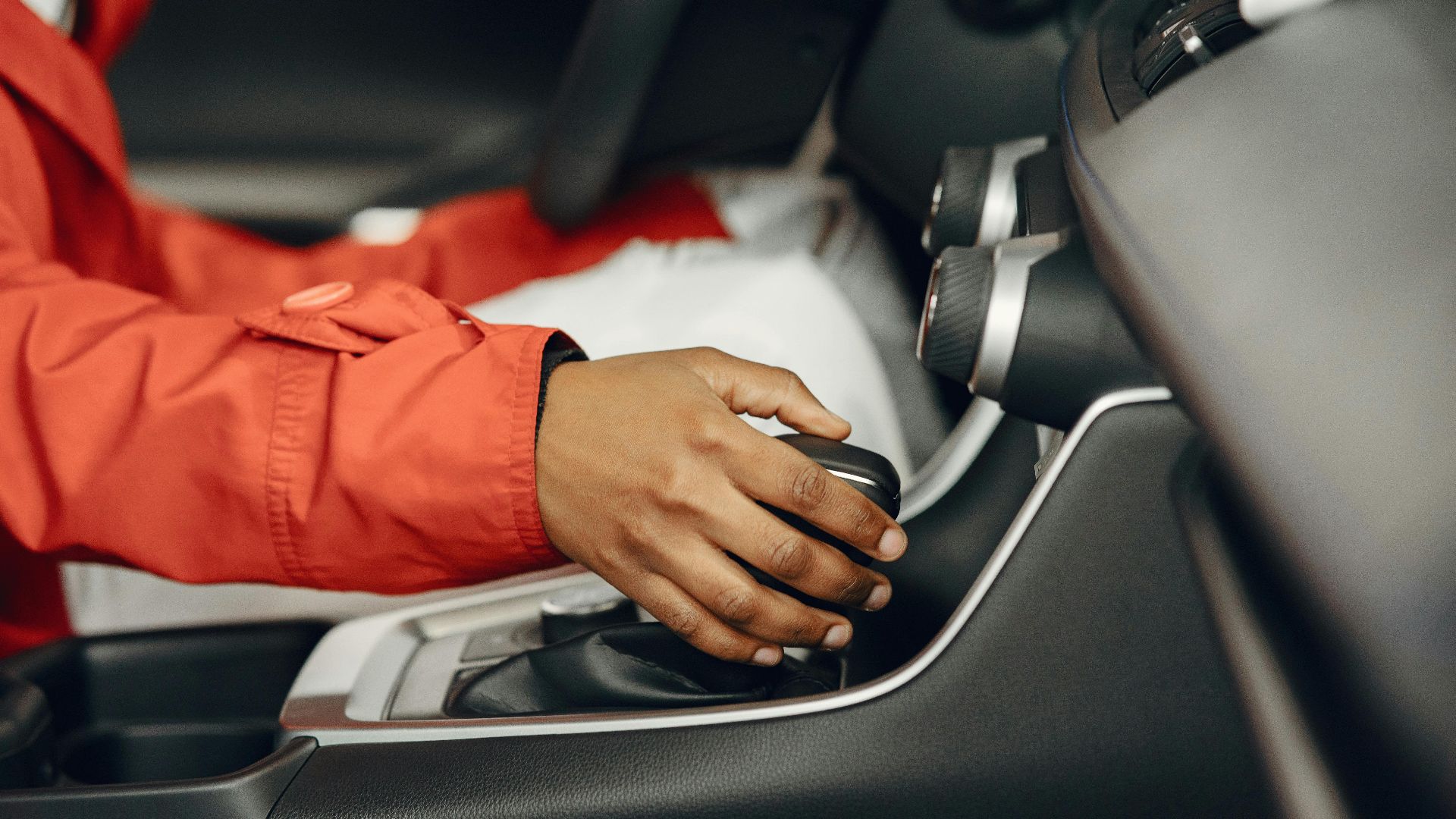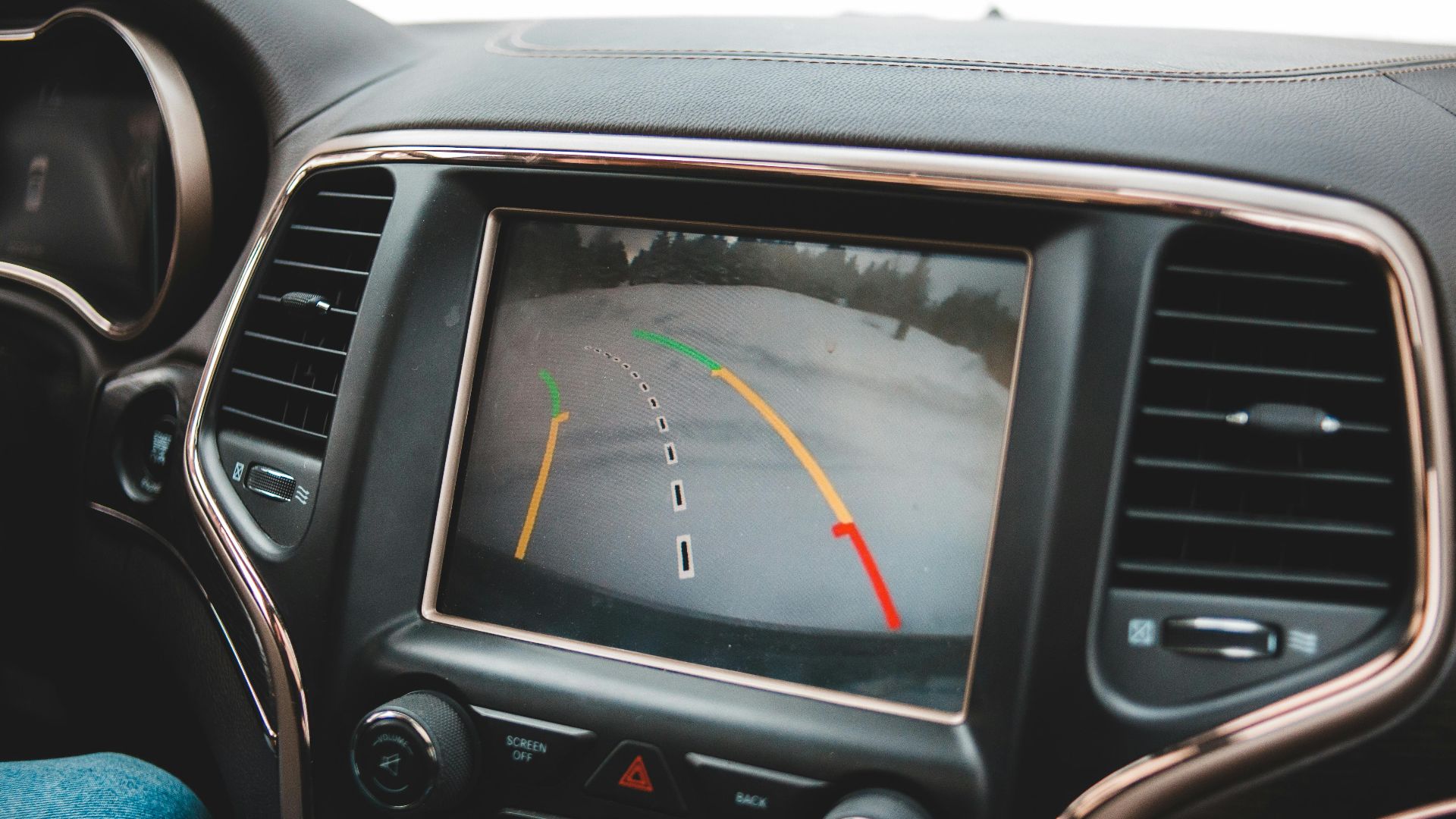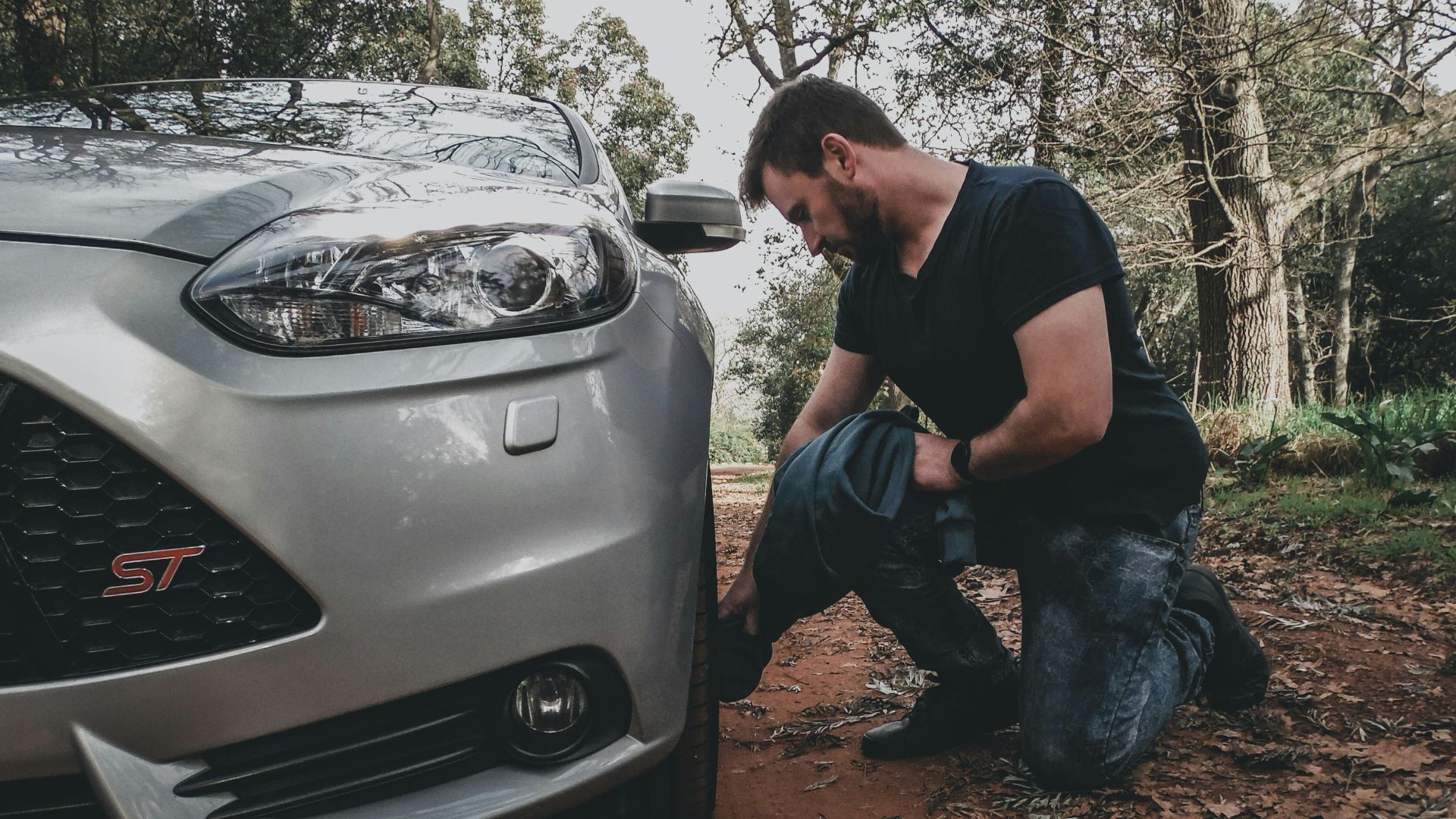See Past The Showroom Glow
The moment you slide behind the wheel of a car you’re considering buying, excitement can easily cloud judgment. But a test drive reveals more than just how fast it accelerates—it exposes how it truly feels, handles, and fits your lifestyle. Knowing what to notice can prevent expensive regrets later. So, here are 20 important details worth watching out for before you decide to buy.
 Antoni Shkraba Studio on Pexels
Antoni Shkraba Studio on Pexels
1. Steering Responsiveness
Every twist of the wheel tells you something about the car. Smooth, confident turns show the mechanics are sound. But, if steering feels sluggish or stiff, it’s worth checking what’s happening underneath before deciding it’s a good match.
2. Brake Performance
Good brakes react the moment you press down. A soft pedal, slow response, or grinding sound suggests something’s wrong. The goal is confidence—you should trust the car to stop firmly and predictably whenever you need it to.
3. Smooth Acceleration
How a car gains speed says a lot about its condition. Acceleration should feel steady, not jumpy or delayed. A slight pause from turbo lag is normal, but constant hesitation could point to engine or transmission problems
4. Good Suspension
Good suspension keeps your drive stable over rough roads. When the car bounces excessively or feels harsh on uneven surfaces, something's wrong. Well-balanced setups absorb shocks effectively and maintain smooth control through every turn, ensuring comfort and safety.
5. Cabin Noise
Silence adds comfort in ways you might not expect. Pay attention to the road and engine sounds during the drive. Persistent rattles or hums could mean weak insulation, while a quiet cabin helps you focus and relax.
6. Visibility And Blind Spots
Before driving off, notice what you can and can’t see. Thick pillars or narrow windows might block key angles. Use mirrors and check blind spot systems to make sure you can spot vehicles around you with ease.
7. Seat Comfort And Support
You’ll notice right away if a seat fits you. It should hold your posture comfortably and reduce strain on long drives. If you’re constantly adjusting, the seat design might not suit your build or driving style.
 The ideal driving position - setting the seat, steering wheel and mirrors by Conquer Driving
The ideal driving position - setting the seat, steering wheel and mirrors by Conquer Driving
8. Dashboard Layout And Controls
A well-designed dashboard feels natural the moment you sit down. If buttons or menus take too long to find, that’s a distraction waiting to happen. Try using a few controls as you drive to see how intuitive the layout feels.
9. Infotainment System
Tech that works well should feel effortless. While test driving, pair your phone, tweak the volume, and scroll through menus. If the system lags or feels clunky, those little frustrations can add up and make everyday driving less enjoyable than it should be.
10. Climate Control Efficiency
Test how quickly the car adjusts to your preferred temperature. Weak airflow or inconsistent cooling points to problems. A dependable climate system should adapt fast and keep everyone at ease throughout the drive.
11. Mirror Adjustability And Clarity
Mirrors should move easily and give you a clear view without fiddling. Auto-dimming features help cut harsh headlight glare at night, keeping vision sharp and eyes relaxed. Together, these small details can make every drive safer and more comfortable.
12. Gearshift Smoothness (Or Transmission Response For EVs)
Electric vehicles deliver power instantly with no gear shifts to interrupt the ride. Gas-powered models, though, depend on smooth transitions between gears. If shifting feels rough or delayed, it could mean transmission wear or mechanical issues worth investigating before buying.
13. Turning Radius And Maneuverability
Tight corners and parking lots reveal a lot about how a car handles. Compact models usually turn sharply, but larger vehicles with rear-wheel steering can surprise you with agility. A car that moves cleanly through tight spaces makes city driving easier.
 Learn How To Park a Car: Beginner Drivers Tips and Techniques by Driving TV
Learn How To Park a Car: Beginner Drivers Tips and Techniques by Driving TV
14. Ride Stability At Different Speeds
Pay attention to how the car behaves as you accelerate. It should stay balanced without swaying on curves or bouncing over bumps. Electronic stability systems help; however, true control comes from a well-tuned suspension that feels secure at any pace.
15. Parking Ease And Sensor Feedback
Parking shouldn’t feel stressful. And to make sure of that, test how sensors, cameras, and parking aids respond in tight spots. Good systems alert you early and handle tricky angles smoothly, taking the pressure off when space gets limited.
16. Lane-Keeping And Assist Systems
Modern assist features do more than beep—they gently steer the wheel to keep you centered. Try drifting near lane lines to see how smoothly it reacts. The best systems help, not fight, and always make driving feel more controlled.
 How to test Lane Keep Assist. 2024 Chevrolet Silverado by Roland Guzman
How to test Lane Keep Assist. 2024 Chevrolet Silverado by Roland Guzman
17. Headlight And Taillight Brightness
Lights are your first line of defense after dark. Check the brightness and if they illuminate the road. Faded bulbs or weak beams can make night driving risky. Adaptive lights that follow steering add an extra layer of safety.
 5 Minute CHEAP FIX to Foggy Headlights NO TOOLS Needed! Results that Last! by Stoney Ridge Farmer
5 Minute CHEAP FIX to Foggy Headlights NO TOOLS Needed! Results that Last! by Stoney Ridge Farmer
18. Pedal Feel And Positioning
Pedals that sit comfortably underfoot make all the difference. You shouldn’t need to stretch or shift awkwardly to brake or accelerate. Firm feedback and smooth movement build confidence, and some cars even let you adjust pedal distance for comfort.
19. Windshield Wiper Performance
It’s easy to overlook wipers—until you’re caught in heavy rain. Test their speed, smoothness, and spray coverage. Automatic rain sensors are great, but manual control should still feel responsive. Clear visibility in bad weather is non-negotiable for safe driving.
20. Tire Noise And Grip
Tires tell a story the moment they hit the pavement. Loud humming or uneven sounds can hint at poor alignment or worn suspension parts. Even though they run louder, performance tires usually grip better, while touring tires favor a quieter ride.


